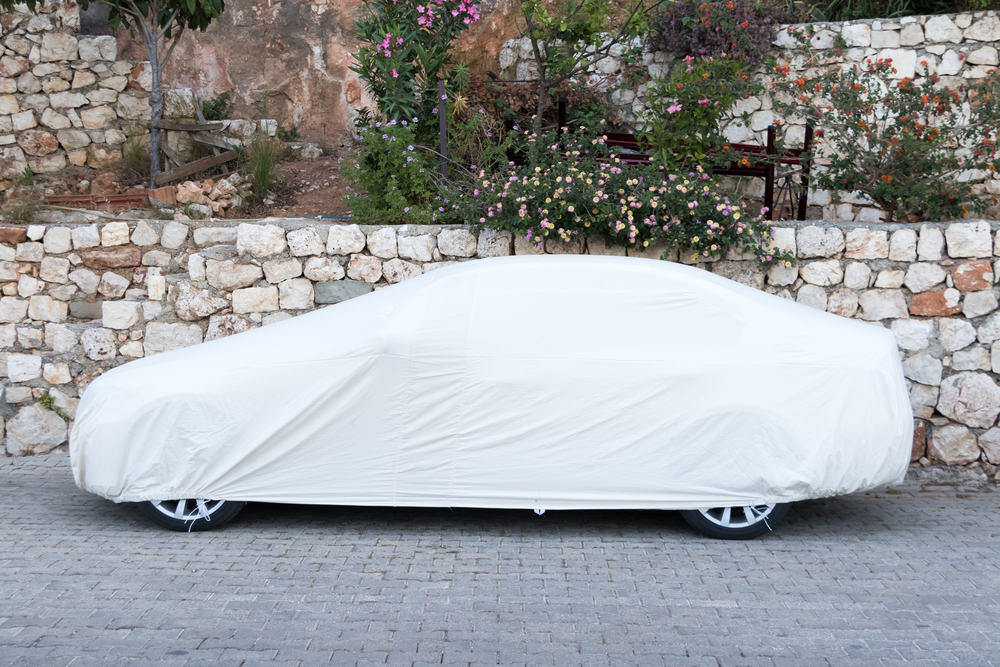Comprehensive Guide to Collision Coverage in Auto Insurance Policies
This comprehensive guide explores collision coverage in auto insurance, detailing what it covers, who needs it, how premiums are calculated, and key factors influencing costs. Learn how collision protection can safeguard your vehicle and help you make informed insurance decisions, especially for new or valuable cars. The article also explains deductibles and offers tips to optimize your coverage for financial security and peace of mind.

Understanding Collision Coverage in Auto Insurance
Auto insurance policies are complex and contain a variety of terms designed to provide comprehensive protection for vehicle owners. Among these, collision coverage stands out as a crucial component that offers financial relief in the event of an accident involving your vehicle. Understanding how collision coverage works, who needs it, and how it impacts your premiums is essential for making informed decisions when purchasing or managing auto insurance policies.
What is collision coverage?
Collision coverage is a specific type of auto insurance that covers the cost of repairs or replacement following a collision involving your vehicle. This could be a direct impact with another vehicle, hitting stationary objects such as trees, fences, poles, guardrails, or other obstacles. Essentially, it provides peace of mind that you won’t have to shoulder the full financial burden if your car sustains damage due to an accident.
Most auto insurance providers include collision coverage as part of their standard packages, especially for leased or financed vehicles. In a typical collision claim, the insurance company will pay for damages up to the vehicle's actual cash value (ACV), minus any deductible you might have agreed upon. This ensures that regardless of who was at fault, your vehicle’s repairs or replacement are covered, helping you get back on the road faster.
Having collision coverage is an essential aspect of comprehensive auto protection, especially if you own newer or more valuable vehicles. It offers financial protection against common collision-related damages and reduces the financial impact of accidents.
What exactly does collision insurance cover?
Collision coverage is activated when your vehicle collides with another vehicle or object, such as hitting a tree, pole, or building. It typically covers damages resulting from these incidents, including single-vehicle rollovers or impacts. However, it does not extend to damages unrelated to collision events, such as medical expenses, theft, or damages to other vehicles or property involved in an accident.
Who should consider purchasing collision coverage?
For individuals with new, luxury, or high-value vehicles, collision coverage is often a smart investment, providing crucial protection against costly repairs. If your car is older or has a lower market value, the cost of premiums might outweigh the potential benefits, especially if repair costs surpass the vehicle's value.
Additionally, drivers who park in high-traffic areas or frequently navigate urban environments may find collision coverage particularly beneficial, as the likelihood of accidents increases in such settings.
Factors Influencing Collision Coverage Premiums
Age of the vehicle: Newer cars typically cost more to insure against collision because repairs are more expensive.
Driving history: Drivers with recent accidents or violations generally face higher premiums.
Location: Urban areas with higher traffic or accident rates tend to have steeper costs.
Vehicle value: Luxury or high-cost vehicles attract higher premiums due to increased repair costs.
Gender and age: Younger drivers and possibly gender may influence rates, depending on insurer policies.
Understanding these factors helps you assess whether collision coverage is worth the expense based on your specific circumstances.
Deciphering deductibles in collision insurance
Collision policies involve a deductible, which is the amount you agree to pay out-of-pocket before the insurance company covers the remaining costs. Typically, choosing a higher deductible lowers your premium but increases your financial responsibility during a claim. Conversely, a lower deductible raises your premiums but reduces your immediate expenses if you need to file a claim.
When your vehicle's total repair cost exceeds its value, or if it is deemed a total loss, the insurer pays the actual cash value minus the deductible. This means you might receive less than the actual repair bill if the vehicle is considered totaled.
Deciding on an appropriate deductible requires balancing affordability with your ability to cover out-of-pocket expenses. If you're confident in your driving record and your vehicle isn’t prone to damage, a higher deductible might be a cost-effective choice.
Staying updated on insurance policies, coverage options, and premium trends is vital. For the latest tips and insights on auto insurance, follow us on social media platforms like Facebook and Twitter and stay informed about optimal coverage strategies tailored to your needs.





